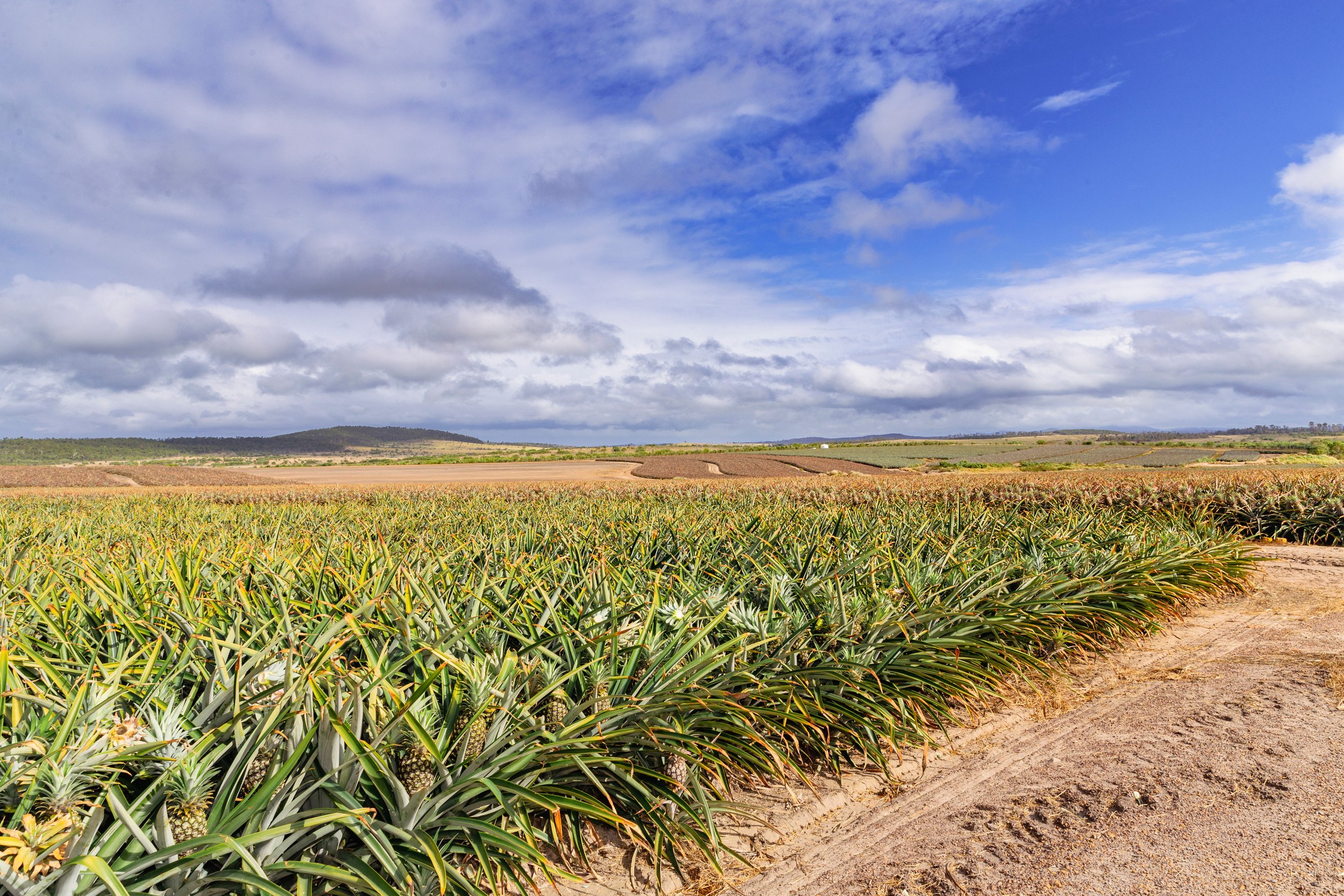Research Topic – Phos Acid
OVERVIEW
Four parts to the research
Part 1 – SEQ Phytophthora cinnamomi Isolate Potassium Phosphonate Sensitivity Testing
Has there been a shift in isolate sensitivity resulting from repeated high application rates of potassium phosphonate in South East Queensland (SEQ) pineapple production systems?
Part 2 – Glasshouse Aeroponics Study on Potassium Phosphonate x Phytophthora cinnamomi
What level of phosphite in pineapple roots provides adequate levels of protection against Phytophthora cinnamomi?
Part 3 – Glasshouse Pot Trial on Potassium Phosphonate x Calcium Availability
Do high application rates of phos acid interfere with calcium availability?
Part 4 – South East Queensland Commercial Pineapple Farm Root Phosphite Benchmarking
What levels of phosphite are being achieved in pineapple roots with different application methods and use patterns in SEQ pineapple production systems?
JUSTIFICATION
Discussed at SEQ Regional Priority Setting Study Group
#1 Regional priority is chemical access (outside project scope)
#2 Regional priority is Phytophthora cinnamomi/phos acid
Request for better understanding of potassium phosphonate, and a minor use permit that reflects current pattern of use (in-crop sprays)
OBJECTIVES
This research aims to improve chemical control of Phytophthora cinnamomi (PC) on commercial pineapple farms using potassium phosphonate (phos acid). A better understanding of the relationship between root phosphite levels and host resistance would allow the adoption of root sampling as a management tool, empowering growers to make informed decisions on chemical application. This approach is likely to maintain plant health during periods of high disease pressure and minimise unnecessary chemical applications when root phosphite levels are sufficient. Additionally, we aim to determine whether high rates of phos acid application result in cation interactions within the growing point.
OUTCOMES
Outcomes include giving growers a tool to aid decision making, increasing plant health and possibly reducing natural flowering as a result, minimising unnecessary sprays that may accumulate and have an adverse effect on crop growth (phytotoxicity), and increasing farm productivity and profitability.




